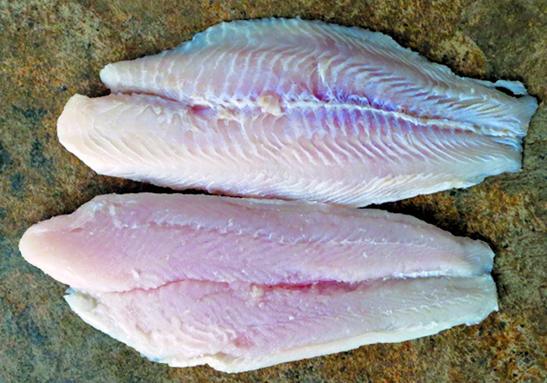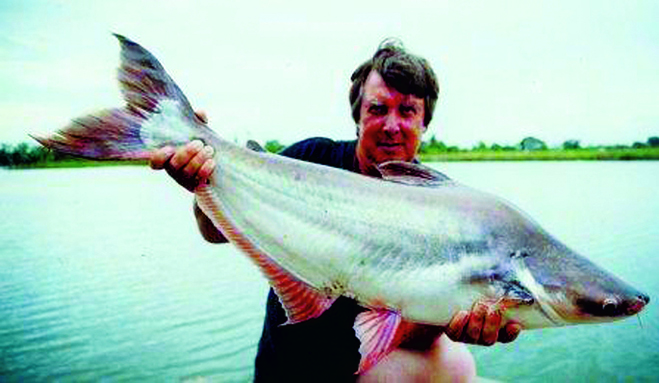By Tod Marks
Like many people interested in healthful eating, I strive to incorporate more fish into my diet, especially varieties like salmon and herring, which contain plenty of heart-healthy omega 3 fatty acids. Problem is, fresh seafood costs a bundle. When I visited my local fish monger here in Yonkers, N.Y., recently, I couldn’t believe my eyes: nearly $20 a pound for swordfish, halibut, sole, and $9 for trout, which in the past had always been tasty and less costly alternative.

Ever since prices started climbing, I’ve seen an influx of alien species—alien to me, at least—particularly at my neighborhood supermarkets, which cater to customers who, frankly, can’t afford to plunk down $20 a pound for fish.
One economical option popping up at many stores is swai, which is native to Southeast Asia—Vietnam, Thailand, Laos, and Cambodia—and sells locally for around $3.99 a pound. Since I knew nothing about swai, I asked Gavin Gibbons, a spokesman for the National Fisheries Institute, for a primer.

Gibbons explained that swai, along with basa and tra, two related varieties also appearing at more and more stores, belong to what’s called the Pangasius family and they’re similar in character to catfish. In fact, the Monterey Bay Aquarium in California, which has an authoritative site that tells you everything you ever wanted to know about the fish that end up on our dinner plates, describes swai as a river-farmed catfish, sometimes simply referred to in the U.S. only as catfish (be sure to look for country of origin labeling at the fish counter to determine whether your catfish is from the Mekong Delta or the Mississippi Delta).
Swai is a white-flesh fish (typically available in fillet form) with a sweet mild, taste and light flaky texture that can be broiled, grilled, or coating with bread crumbs and fried, according to experts. It can be prepared simply, but also takes well to sauces. A 3.5-ounce serving of plain fish contains around 90 calories, 4 grams of fat (1.5 saturated), 45 grams of cholesterol and 50 milligrams of sodium. Not bad.



Facebook Comments